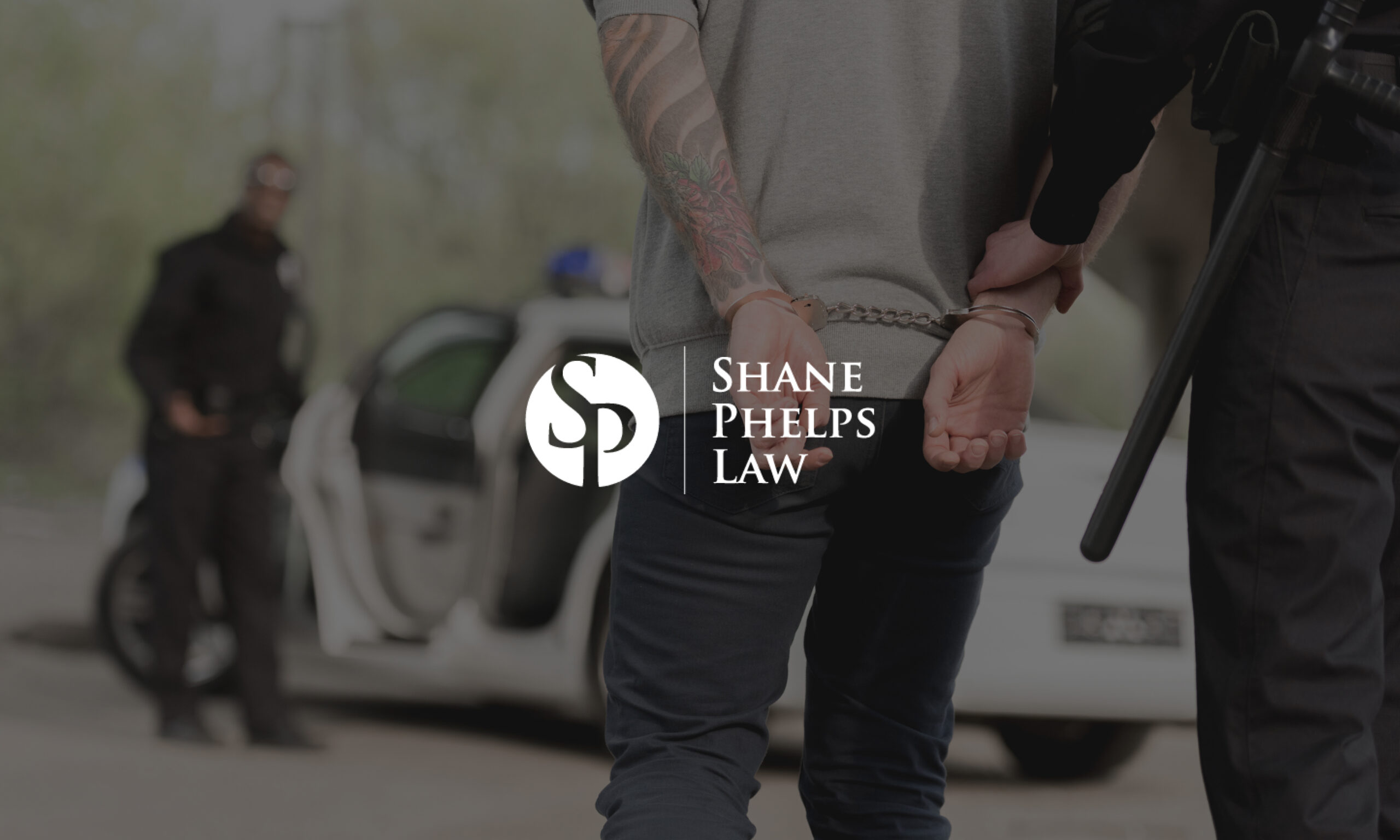Decades ago, bullying only occur on school grounds and other public areas such as malls and movie theaters where students often hang out. Nowadays, cyberbullying has become a child’s worst nightmare.
This new form of bullying occurs when individuals–mostly children–use social media platforms, online forums, text messages, e-mails and other types of communication to threaten, harass, intimidate, or humiliate others. Cyberbullying has led to many cases of suicides, which is the second-leading cause of death among teenagers and young adults in the U.S., according to the CDC.
Common forms of cyberbullying include:
- Insulting a student through social media messages, texts, emails, or other forms of messaging
- Sharing embarrassing photos or videos without consent from the person in the footage
- Gossiping and spreading rumors on social media platforms and other online forums
- Creating a fake profile and pretending to be another student for defamation purposes
In Texas, bullying occurs when a student engages in a physical act or verbal/recorded communication which leads to physical harm or fear endured by another, and it is punishable by disciplinary actions by the school, as well as criminal penalties in more serious cases. On the other hand, school districts failed to deter cyberbullying and there weren’t any criminal laws against it in Texas.
But in January 2016, a San Antonio teenager named David Molak committed suicide in his own backyard after being subject to persistent cyberbullying, which originated at one school and carried over after transferring to another. Since there were no charges filed, the teenager’s family sought to make cyberbullying a criminal offense through legislation.
On September 2017, SB 179–also known as “David’s Law” in honor of the late teenager–made student cyberbullying a crime and given school districts more power to intervene in such cases. Additionally, cyberbullies are also liable for civil lawsuits for defamation.
The following are the types of cyberbullying crimes in Texas and their corresponding penalties:
- Harassment – When a person intentionally annoys, embarrasses, threatens, alarms, or torments another individual through the internet. Online harassment is a Class A or B misdemeanor based on the circumstances. A Class B misdemeanor carries a maximum 180-day jail term and a fine no more than $2,000, while a Class A misdemeanor is punishable by a jail sentence of up to one year and a maximum $4,000 fine. Keep in mind, Texas judges have the discretion to decide if a juvenile as young as 14 years old can be tried in adult criminal court.
- Online impersonation – When an individual impersonates another person online–by creating a social media account or website or sending messages pretending to be that person–with intent to defraud or harm. Depending on the situation, cyberbullying through online impersonation can be either a misdemeanor or felony offense.
- Disruptive activities – When a person uses force or threats to obstruct another from entering, leaving, or moving through a school or participate in any school activities. This crime is considered a Class B misdemeanor.
If you or a loved one has been accused of cyberbullying in Texas, our College Station criminal defense attorney at Shane Phelps Law. understands how complex these cases can be. We can evaluate the circumstances of your case, determine if there are any available defenses, and help you obtain the best possible results. A conviction for cyberbullying not only leads to jail/prison time, fines, and civil legal actions, but also a permanent criminal record which can ruin your personal and professional life.
For more information about our legal services, contact us and schedule a free consultation today.

